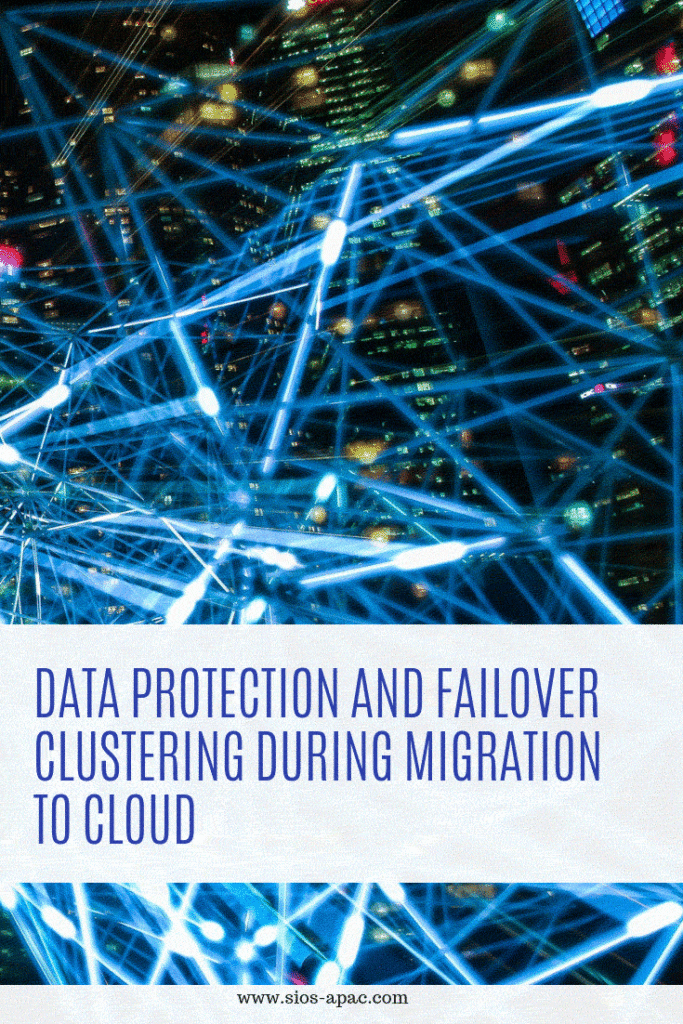Date: May 29, 2018
Tags: Cloud, data protection, data protection and failover clustering, failover clustering, Windows Server Failover Clustering
Migrate Existing System Running SQL Server And WSFC Configuration To Cloud With SIOS For Data Protection and Failover Clustering
Gulliver is pursuing to migrate their existing on-premises systems to cloud. For this project, they picked SIOS Data keeper to ensure real-time replication, data protection and failover clustering.
The company aimed to build an IT infrastructure capable of responding swiftly and flexibly to the growth of these businesses. Protection of important data is essential as they shift to the cloud.
The system owned by Gulliver included the used car sale system “Dolphinet”. Most parts of this system has been built and operated on physical servers in their data center. Therefore, reform is definitely in their pipeline to achieve the expansion goal of 1,600 global stores.
Full Transition From On-Premise To Cloud
IT Team Tsukishima School said that for Gulliver, IT is the core of the business. Thus, having a strong and secure IT foundation would allow the company respond to rapid business expansion. Since 2011, the company has been contemplating a full-scale system migration to the AWS cloud service. Their entire operation can be controlled in the cloud which is easy and fast.
Challenges Faced in Migrating to the Cloud
Many of Gulliver’s systems are constructed with Microsoft products such as Windows Server, SQL Server of relational database, IIS (Internet Information Services) of Web server, .NET Framework of application development and execution environment.
The first challenge in transitioning to the cloud is the question of how to implement these platforms in AWS.
“We initially considered utilizing the SQL Server function supported by RDS (Relational Database Service), but we are also trying to use redundant (clustering) important systems and user management (Active Directory link) We did not have all the necessary functions yet. So, we considered other methods but the risks were too many many and too huge to undertake.”
Redundancy Plan To Ensure High Availability
So Gulliver chose to use the virtual server’s Amazon Elastic Compute Cloud (Amazon EC 2) natively. The existing environment including the failover clustering (WSFC) function of Windows Server running on-premises is used directly. Therefore, DataKeeper played an important role in synchronizing the data of the existing environment as it is.
Achieve Real-Time Data Protection Without Using Shared Storage
DataKeeper performs data replication in real time between the production node and the standby node and protects data until just before the failure occurs. Compared to the general storage mirroring function, volume mirroring is realized at low cost. It can be utilized according to various needs such as the system configuration and the importance of data and the necessity of measures against disaster recovery (DR).
Simple HA Cluster Without Using Shared Storage On AWS
It is advantageous to be able to have HA cluster system (application protection configuration) without using external shared storage premised on failover clustering like WSFC. This is the point where Gulliver chose to adopt DataKeeper for Data Protection and Failover Clustering.
Gulliver’s Tsukishima said, “I was surprised that DataKeeper looks as if it is sharing storage from WSFC. The speed of mirroring is good. When an abnormality happens in HA cluster operation, I am extremely satisfied that it is easy to isolate and deal with. Whether it is on the clustering (WSFC) side or the data replication (DataKeeper) side, it becomes a quick and fuss free process. This point applies even when we are configuring the physical server. It became possible to shift to AWS without changing the operation form of the existing system at all. ”
Gulliver intends to move on to the rest of the existing system by 2014. At the same time, it is implementing the newly developed system in AWS.
To find out more about SIOS products, go here
To read about how SIOS helped Gulliver achieve data protection and failover clustering in their cloud migration go here
